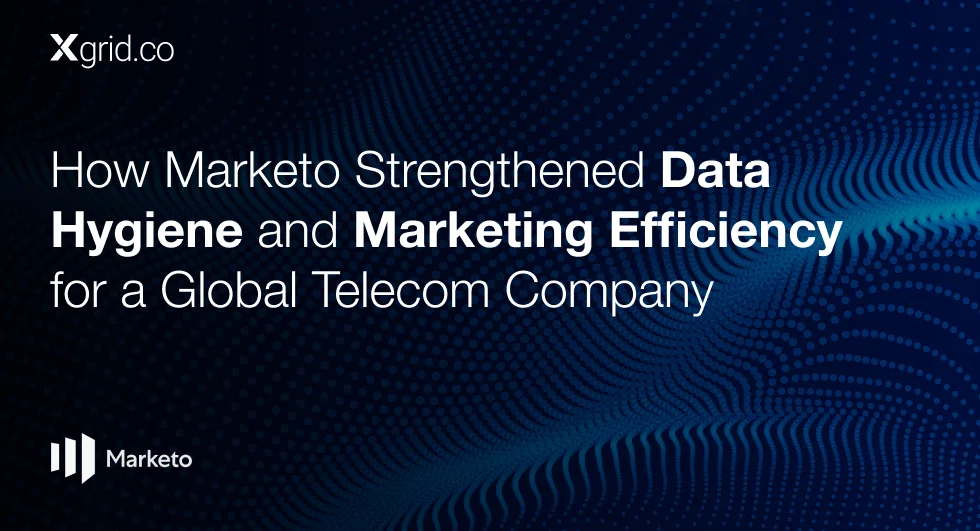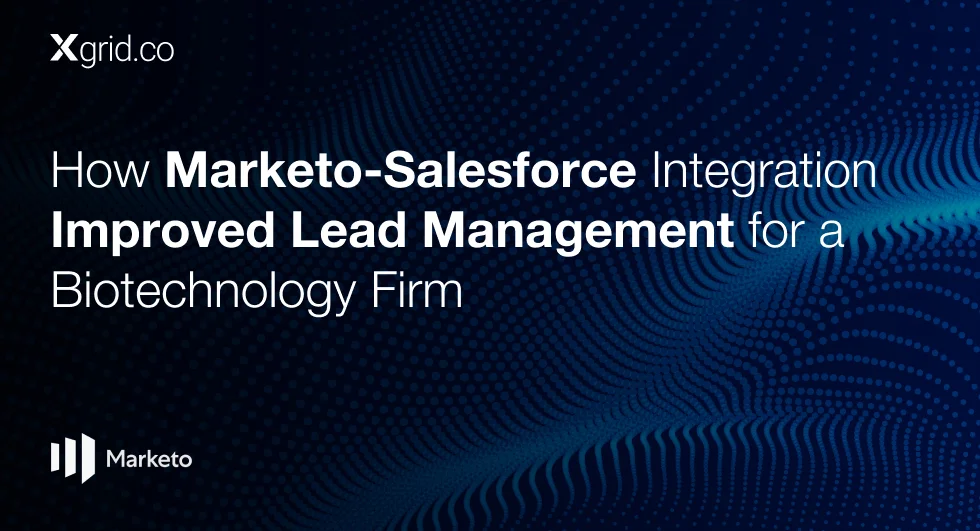How to Scale Campaign Volume with Program and Asset Templates
Marketo’s program and asset templates are powerful tools that can help achieve this balance. By utilizing these templates, you can streamline your workflow, ensure consistency, and significantly enhance your campaign output. Let’s delve into how you can leverage these templates to scale your campaign volume successfully.
Understanding Program and Asset Templates in Marketo
Marketo provides robust tools designed to help you manage your marketing campaigns more effectively. Program templates are pre-configured setups for different types of campaigns such as webinars, email blasts, or lead nurturing sequences. Asset templates, on the other hand, include reusable components like emails, landing pages, and forms.
Using these templates, you can quickly replicate successful campaigns, saving time and ensuring consistency across all your marketing efforts.
Benefits of Using Templates
- Consistency Across Campaigns: Templates ensure that all your campaigns have a consistent look and feel. This uniformity helps in reinforcing your brand identity and provides a seamless experience for your audience.
- Time Efficiency: Setting up a campaign from scratch can be time-consuming. With templates, you can significantly reduce the time spent on creating and configuring campaigns. This allows your team to focus on strategy and optimization rather than repetitive tasks.
- Scalability: As your business grows, so does the need to run more campaigns. Templates allow you to scale your efforts without increasing your workload proportionally. You can launch multiple campaigns simultaneously, each with the same high level of quality and effectiveness.
- Error Reduction: When creating campaigns manually, the risk of errors increases. Templates help mitigate this risk by providing a standardized framework, ensuring all necessary elements are included and correctly configured.
Creating Effective Program Templates
To maximize the benefits of Marketo’s program templates, it’s essential to design them thoughtfully:
- Identify Common Campaign Types: Start by identifying the types of campaigns you run most frequently. These could be email marketing campaigns, webinars, lead nurturing sequences, etc. Create a template for each type.
- Standardize Key Elements: Determine the essential components that each campaign should have. This includes emails, landing pages, forms, and tracking parameters. Ensure these elements are included in your templates.
- Incorporate Best Practices: Leverage data and insights from your past campaigns to incorporate best practices into your templates. This could include optimal email subject lines, landing page designs, or form fields.
- Flexible Personalization: While templates provide a standardized structure, they should also allow for customization. Ensure that key areas can be easily personalized to fit specific campaign goals or audience segments.
Utilizing Asset Templates
Asset templates complement program templates by providing reusable components that can be quickly adapted for various campaigns:
- Email Templates: Create templates for different types of emails such as newsletters, promotional emails, and transactional emails. Include placeholders for personalization tokens to tailor the content to individual recipients.
- Landing Page Templates: Design landing page templates that can be easily customized with different content and graphics. Ensure they are optimized for conversions with clear calls to action and minimal distractions.
- Form Templates: Standardize the forms used across your campaigns. Ensure they collect all necessary information and are integrated with your CRM for seamless data flow.
Implementing and Managing Templates
- Training and Documentation: Ensure your team is well-trained on how to use and customize the templates. Provide documentation that outlines the purpose of each template and best practices for customization.
- Regular Updates: Periodically review and update your templates to incorporate new best practices and learnings. This ensures they remain effective and relevant.
- Feedback Loop: Encourage your team to provide feedback on the templates. Use this feedback to make improvements and enhance the overall efficiency of your campaigns.
Conclusion
Scaling campaign volume doesn’t have to mean compromising on quality or increasing your workload exponentially. By leveraging Marketo’s program and asset templates, you can streamline your campaign creation process, maintain consistency, and ensure high-quality execution across all your marketing efforts. Start implementing these templates today and watch your campaign volume soar while your team enjoys greater efficiency and effectiveness. If you need assistance, Marketo Consulting Services can provide expert guidance to maximize the impact of these tools and optimize your marketing strategy.
Downloads
Article (PDF-276 KB)MOST POPULAR INSIGHTS
- How Marketo Strengthened Data Hygiene and Marketing Efficiency for a Global Telecom Company
- How Marketo-Salesforce Integration Improved Lead Management for a Biotechnology Firm
- How a Tech Company Used Marketo to Refine ABM Strategies for Sales Engagement
- How Marketo Campaigns Were Streamlined with Templates and Tokens
- How Marketo Solidified Marketing Insights with Custom Attribution Models
Related Articles
Related Articles

Established in 2012, Xgrid has a history of delivering a wide range of intelligent and secure cloud infrastructure, user interface and user experience solutions. Our strength lies in our team and its ability to deliver end-to-end solutions using cutting edge technologies.
OFFICE ADDRESS
US Address:
Plug and Play Tech Center, 440 N Wolfe Rd, Sunnyvale, CA 94085
Pakistan Address:
Xgrid Solutions (Private) Limited, Bldg 96, GCC-11, Civic Center, Gulberg Greens, Islamabad
Xgrid Solutions (Pvt) Ltd, Daftarkhwan (One), Building #254/1, Sector G, Phase 5, DHA, Lahore




